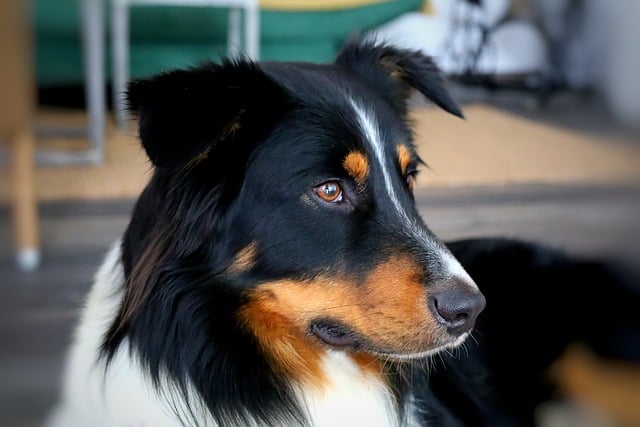
How do i train my dog to be obedient?
Watching your dog dart across the park ignoring your calls isn’t just frustrating—it can put them at risk near busy streets or public spaces.
Watching your rescue dog, Luna, freeze on the sidewalk, tail tucked and trembling at the sight of a passing car, is a heart-sinking feeling many new owners know. You want to show her the world, but the world seems too big and scary for her. Training an anxious dog to walk isn't about forcing them to power through; it's about rebuilding their confidence one positive step at a time. The science behind this is rooted in behavior modification, specifically desensitization and counter-conditioning. Essentially, you're slowly and gently exposing her to triggers from a distance that doesn't provoke full-blown fear, while pairing that exposure with something she absolutely loves, like high-value chicken treats. This changes her emotional response from "Oh no, scary thing!" to "Oh yay, chicken happens when that thing is around!"
Start this process not on the hectic sidewalk, but in the calm of your own home or hallway. Simply put on her harness and leash while she’s eating dinner or during a calm play session, letting her drag it around to get used to the feeling without any pressure. The next step is to make your doorway the first training milestone. Practice moving just one paw over the threshold, reward lavishly, and then retreat back inside. The goal is to make every tiny step outside a successful, reward-based game. If she panics, never pull or yell; that only confirms her fears. Instead, simply turn around and go back to her last "safe" spot. This patience is the core of force-free, positive reinforcement training, which is the modern standard for ethical dog ownership and is legally emphasized in many areas as a component of animal welfare.

As Luna gains confidence, your choice of walking route becomes crucial. For apartment dwellers, this might mean opting for quieter interior courtyards or taking walks during off-peak hours to avoid the rush of people and dogs in the elevator and lobby. This thoughtful management isn’t just for Luna’s benefit; it’s a key part of community etiquette. A calm, leashed dog is less likely to react unpredictably, ensuring the safety and comfort of neighbors and upholding your legal obligation to always have your dog under control in public spaces. This mirrors the civic responsibility you already show by carrying poop bags to clean up after her—a common local ordinance—and by keeping her rabies vaccination meticulously updated, which is a universal legal requirement for public health.
Ultimately, training an anxious dog to walk is a journey that strengthens your bond and reaffirms your role as a compassionate, responsible guardian. It’s about celebrating the small victories: the first time she chooses to take a step forward instead of freezing, or the day she looks at you instead of a trigger. By prioritizing her emotional well-being through positive methods, you’re not just going for a walk; you’re building her trust and ensuring she feels secure, turning a daily chore into a shared triumph.

Watching your dog dart across the park ignoring your calls isn’t just frustrating—it can put them at risk near busy streets or public spaces.

New puppy owners often find themselves rushing to clean up accidents before they set in, and that’s where puppy pad training becomes a game-changer.

If you've noticed your dog's waistline disappearing and your veterinarian has mentioned those few extra pounds, your first instinct might be to simply reduce the amount of food in their bowl.

Training a dog to use a designated spot indoors isn’t as daunting as many new owners fear, but it does take consistency and an understanding of your pet’s needs.

That moment of dread on a walk is all too familiar for many new dog owners. You see another dog approaching down the sidewalk of your neighborhood

If the sight of another dog on your neighborhood walk makes your heart sink as your own dog erupts into a frenzy of barking and lunging, you're not alone.